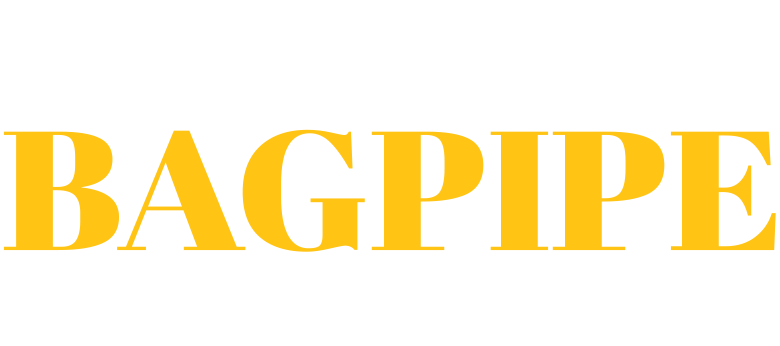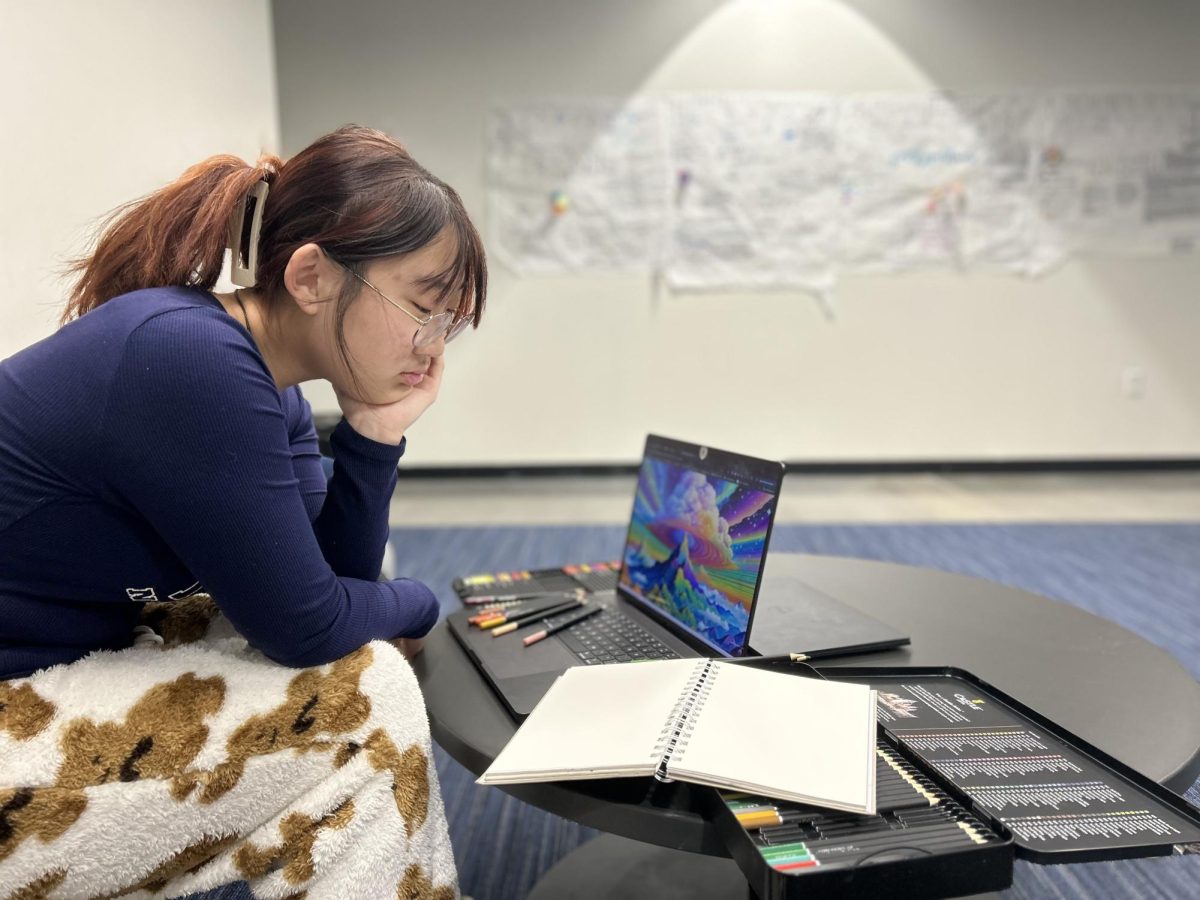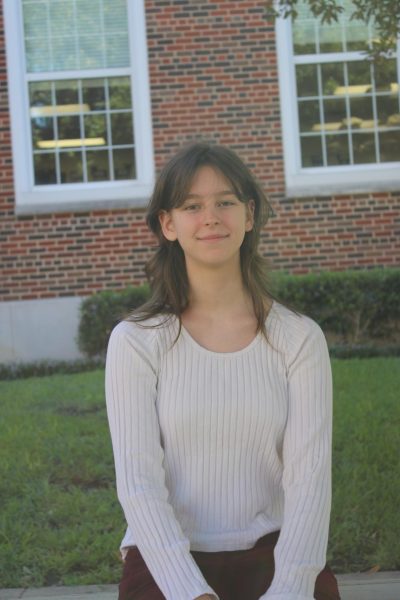In the past several years, artificial intelligence has gone through a rapid transformation. In November of last year, a study was published in Nature, a British scientific journal, found that not only were people unable to differentiate AI poems and human poems, but they preferred AI poetry slightly more.
“There was a study done to create poetry, something so deep rooted in emotion and human experience that only a human could create it,” former SMU Professor of Engineering and current MAPS instructor Geoffery Orsak said. “They fed the AI poems from all the big names like Shakespeare and had it recreate poetry… The results showed that a slightly larger amount of people thought the AI was the real poetry.”
With these new developments, artists and animators already feel they have the most to fear, as companies are already tinkering with AI animation and scriptwriting. However, despite advancements, in its current form, AI still needs human assistance in everything it produces.
“AI-assisted rotoscoping not only saves time, time animators need to be paid for, but also seems to improve animation quality,” University of the Arts animation professor Olivia Johnson said. “Another example is AI-assisted background generation, where image generation algorithms and AI work together to create realistic backgrounds or enhance existing ones.”
One of the reasons behind the actors and writers’ strikes in Hollywood in the summer of 2023 was concerns over AI. The Animation Guild, the official union for artists in Hollywood, has been working to create a contract where AI can be utilized within movie production as long as it does not encroach upon creative jobs.
“We are not without hope,” Johnson said. “Even with how advanced AI is getting, it still needs animators working on it. AI cannot function on its own. It needs a backbone, a guideline to help it create something acceptable. Not only that, but it needs people to oversee and correct mistakes AI makes.”
AI is capable of progressing faster than most other programs and devices that humans use, but that does not mean it has yet been perfected. AI may be able to produce things in a vacuum, but creating a movie or something to be published using AI is much more difficult. The application of AI is currently very sloppy, resulting in an unfinished, unrefined product that is not lucrative for businesses.
“While yes, companies are biting at the stick to get AI in their production line, especially movie and animation studios, they have already received massive backlash,” Tulane University computer science professor Elijah Andston said. “Already the public has been begging for studios to go back to 2D animation. AI represents a step in the wrong direction, at least in most people’s eyes.”
Fears concerning AI and its potential to kick many people out onto the street are all very real, and very understandable. For AI to become usable, the next step is to apply regulation. AI is just like many of mankind’s previous breakthroughs, and the world needs to adapt to the changes and new opportunities.
“AI is a tool like any other,” Dr. Orsak said. “It’s far too common for AI to be considered cheating, like it is not a viable option as well. People don’t say “Using a hammer is cheating, you must use your hand!” because that’s ridiculous. Tools just have to be used in the right way.”




